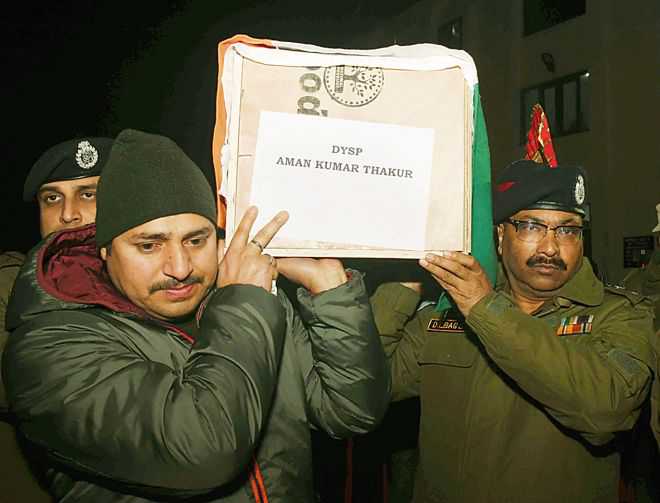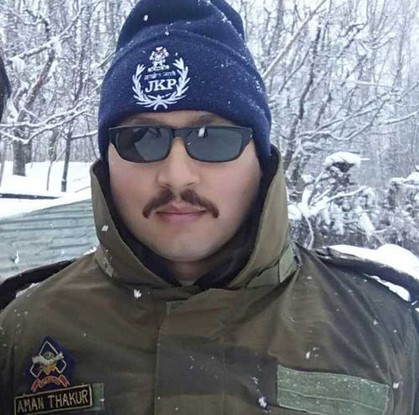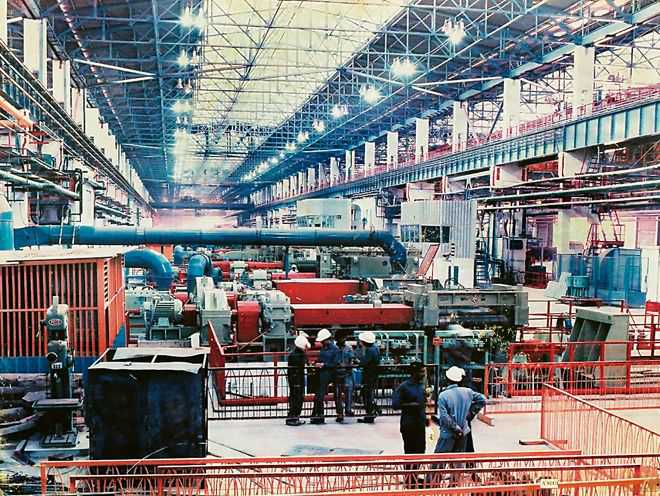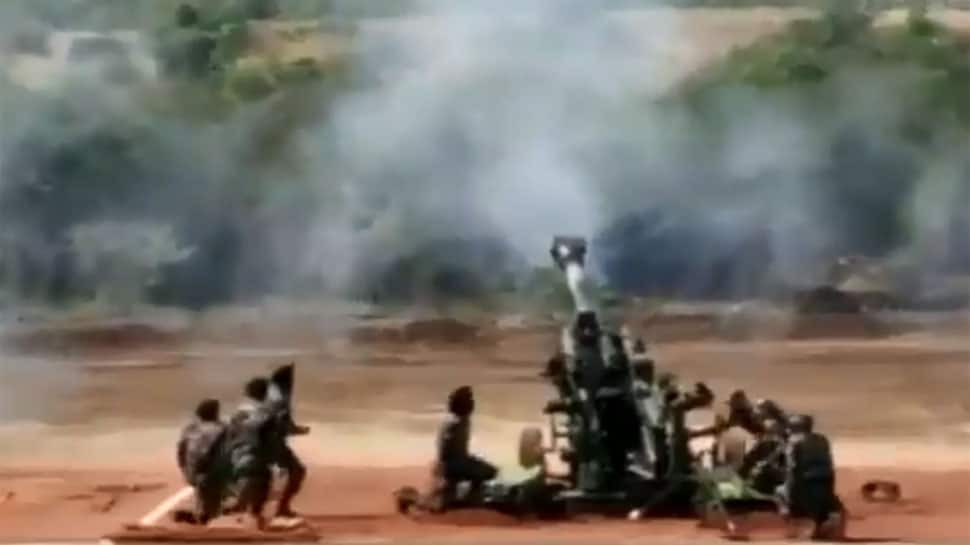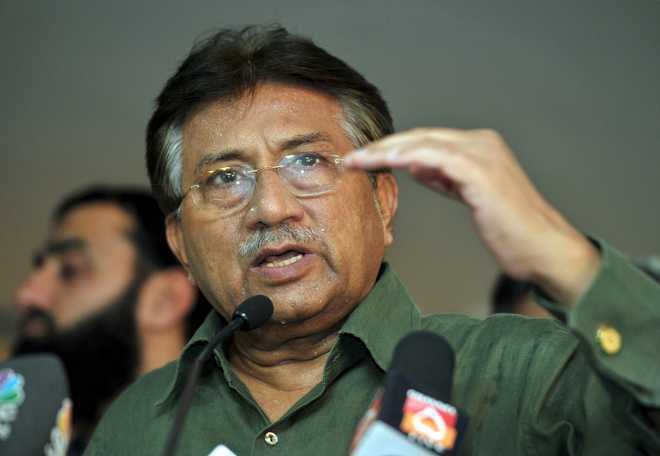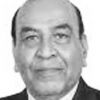
In the wake of these developments, the Indian government needs to ratchet up its diplomatic campaign to an even higher level of engagement.
There is no doubt that it was not an easy decision responding to the Pulwama outrage that had India’s tempers frayed. Losing 40 good men to an outrageous terror attack for which Pakistan had no regret demanded “appropriate” action. The range of options was many, from mass mobilisation of the armed forces at the higher end of the spectrum, to just diplomatic measures to isolate Pakistan on the lower side. However, the Indian government used the diplomatic option as the initiator, gaining sufficient traction in obtaining the support of the international community across the board. Even China was careful in its diplomatic handling of the situation.
Undoubtedly the diplomatic positives helped to take the right decision. India could have chosen the option of launching surface-to-surface precision-guided missiles to take out one of the identified Jaish-e-Mohammed facilities. However, that would have opened it to a similar Pakistani response. A surface-based surgical strike by the Army’s Special Forces a little deeper into Pakistan-occupied Kashmir against terrorist facilities may not have carried any guarantee of assured success, and it was anyway old wine from the September 2016 surgical strikes, which would have kept the Pakistan Army sufficiently alert. There was an option to launch ground operations against a couple of Pakistani posts along and across the Line of Control on the lines contemplated in 2001 when 9/11 finally upset the chain of decision-making. This would have meant a higher level of escalation, which under the circumstances of the diplomatic traction gained may not have paid sufficient dividends. There was also the option of the Indian Air Force striking a couple of military facilities suspected to be supporting terrorist training and launch. However, again the escalation would have been higher at the outset.
Under the circumstances, the most appropriate option no doubt was to go surgical against a Jaish facility and use the aerial route. It met the need for the right optics without going too high in the escalation ladder. Not touching a military or civilian facility meant that the morals involved were intact and remained in India’s favour. That is an important aspect when dealing with the international community, where initial success had already been gained. The Balakot location was large, sufficiently notorious and targeting it carried the basic principle of surprise so essential for success. The amount of importance attached to surprise did get the IAF to select its launch from airfields as far away in central India as Gwalior.
The Indian government had one major factor to contend with, and that was the risk. While being prepared for all options, the situation demanded that India’s action remain within the limits of military escalation. However, what is not being written about yet, and not spoken of either, were the political risks involved for Prime Minister Narendra Modi. With a major national election looming on the horizon, assured success was necessary and yet the mission could not be a damp squib. Any losses would have put back a potential electoral success, and less than desired optics would not have quenched the obvious thirst for retribution being demanded by the Indian public. The final decision appears to have most appropriately met all the needs of the situation.
The moral ascendancy gained by the choice of target places the Pakistani political and military leadership in a quandary. Its response options like in the case of India are many, but all the considerations which went into the selection of India’s options apply almost mirror-like to Pakistan except that there are no terrorist facilities in India to target. It could, however have adopted the option of “no action”, citing India’s alleged failed airstrike which it is claiming vociferously through the Inter-Services Public Relations (ISPR) wing. Yet, it was the boastful rhetoric launched by Prime Minister Imran Khan and followed up passionately by his railway and information ministers that created a degree of compulsion. Although the Indian choice of what is called “proportionality” of decision places a dilemma on the Pakistani leadership, the rhetoric further exacerbates and makes the choice even more difficult. Pakistan is in none too happy a situation in terms of international approval. It is only because of its geo-strategic location that it commands some grudging support. Its involvement in the negotiations for a full and final American withdrawal from Afghanistan as a facilitator of the dialogue with the Taliban has emboldened it. However, it has to also admit that its economic condition is so woeful that, let alone escalate a situation to levels of full military exchanges with India, it can hardly service its debts or meet the needs of essential imports.
Given Pakistan’s propensity to play its military ego to high levels and throw caution to the winds, out of what has come to be known as the principle of “rationalisation of irrationality”, its likely response will remain unpredictable. However, it has felt the compulsion of launching an airstrike against India to quell the inevitable demands of the Pakistani public and ranks within the military. That has led it to launch what it calls its retaliatory action by the Pakstan Air Force (PAF) without intent to escalate, as it claims. Its attempt to target a trans-LoC target has led to intrusion into Indian airspace and a PAF F-16 jet has been shot down. In turn, an Indian MiG-21 aircraft which probably scrambled to respond is confirmed to have also been shot down and crashed into Pakistan-occupied Kashmir, with the pilot bailing out and now in Pakistani custody.
In the wake of these developments, the Indian government needs to ratchet up its diplomatic campaign to an even higher level of engagement. Pakistan’s response has been at a level of a higher rung of escalation, and India could choose to respond in kind, escalating the situation further. In sheer desperation, the Pakistan Army has already virtually abrogated the unwritten ceasefire at the LoC without realising that if India chooses to respond along the entire length of the LoC with its more than abundant artillery and other resources, matching that over a sustained period will be extremely difficult. Prime Minister Imran Khan has once again addressed his nation and offered India talks and an investigation into the Pulwama incident with evidence provided by India. There is nothing new in this. In fact, the assurance India looks towards, that is denying the use of Pakistani territory for terror activity, has not been forthcoming. A suitable conciliatory act could be the immediate and unconditional release of the Indian pilot now held in Pakistani custody.
Will India be willing to de-escalate at this point? The scope to do so appears difficult, but it also is in India’s interest not to escalate beyond a point. The diplomatic traction gained does place some encumbrances on India’s subsequent options. It would be unwilling to lose that advantage. In fact, in that direction lie some of the better options of reining in Pakistan and forcing it to retract from the dangerous path it had chosen to embark upon 30 years ago. Conflict termination, and not conflict exacerbation, must remain India’s preferred option.






















































